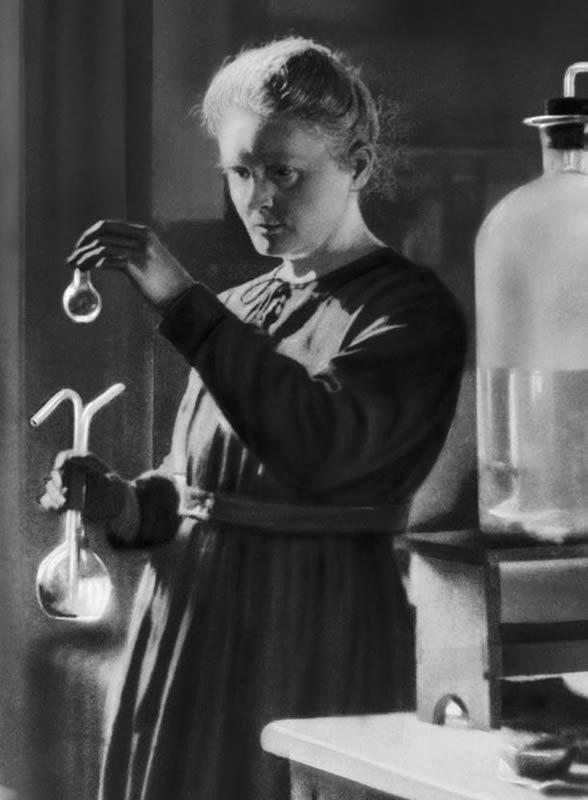
When people talk about women in science their first thought is almost always of Marie curie. The first female scientists to receive a nobel prize in physics. And the first scientist to ever received two Nobel prizes. She won these thanks to her groundbreaking work studying radiation and discovering two new elements polonium and radium. While it's important to know about her contributions to science. Many people's knowledge of women in STEM ends there. So today I'm going to help fix that.
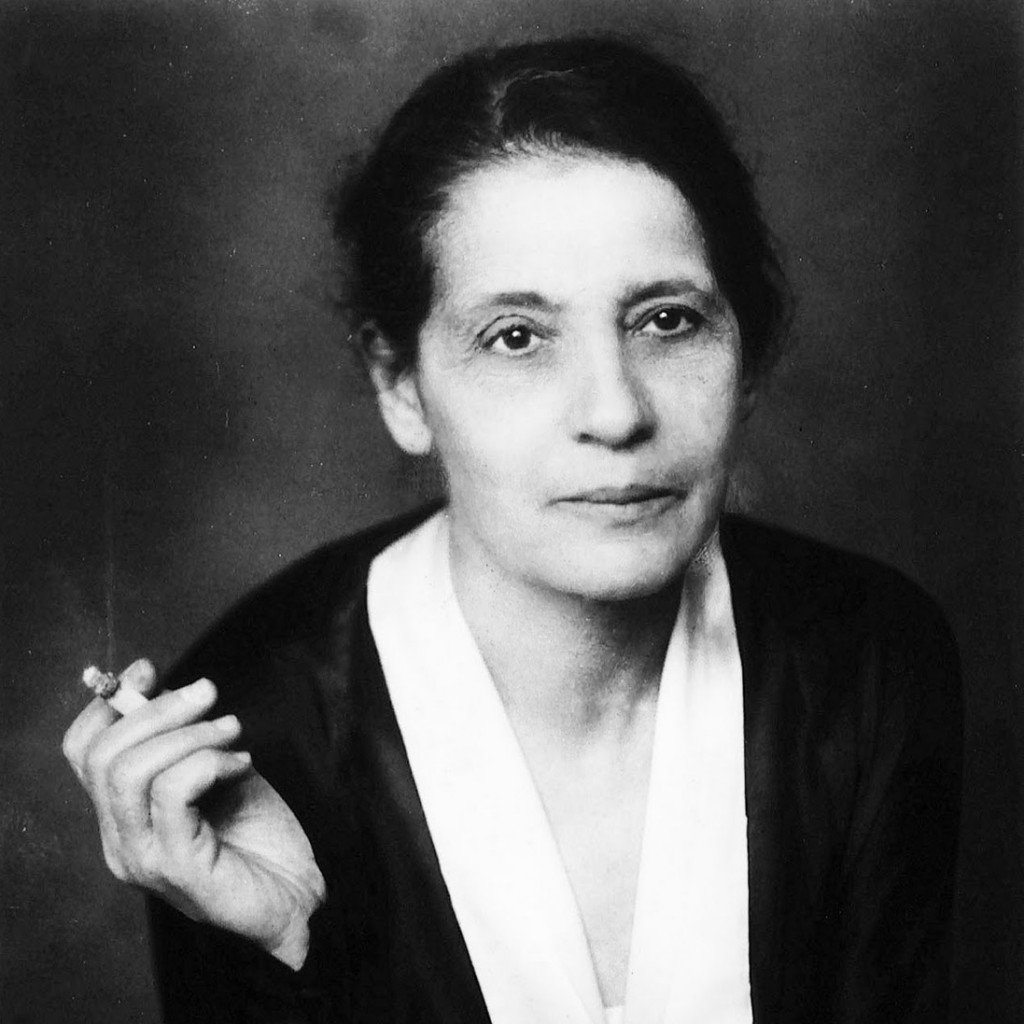
Let's start off with another scientist who worked with radioactive elements. Lisa Meitner along with physicist Otto Hahn, she discovered a new element called protactinium but more importantly, she also noticed a strange result when uranium atoms were bombarded with neutrons. whenever this happened to the neutron did not stick to the uranium atom rather it cause the atom to split forming lighter elements in the process and also releasing a tremendous amount of energy. Lisa Meitner called this nuclear fission which led to the creation of the atomic bomb. In fact, after her discoveries were published, Albert Einstein wrote a warning letter to US President Franklin D Roosevelt which resulted in the creation of the Manhattan Project.
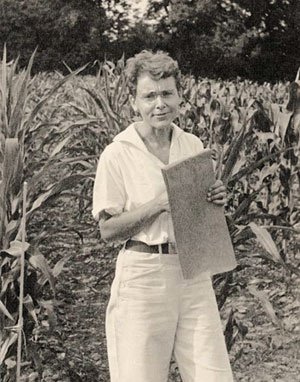
By studying the changes of pigmentation of corn kernels over many generations Barbara Mcclintock discovered that genetic information is not stationary. However at the time this one against everything that was known about genetics. In fact it took over 30 years for her work to be seriously considered eventually resulting in her winning the nobel prize in medicine.
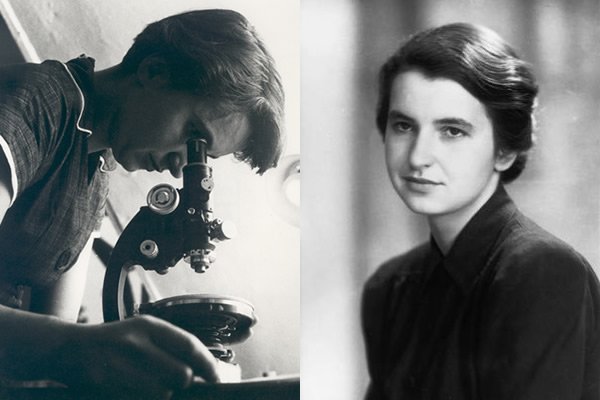
On a related subject let's talk about DNA. You probably learned in school that it's double helix structure was discovered by scientists James Watson and Francis Crick. But this is only partially true. The real discovery was made by Rosalind Franklin in the 1950s. Her x-ray diffraction photographs of DNA were unknowingly shown to Watson and Crick by her colleague Maurice Wilkins. After seeing the photo the two scientists almost immediately published a paper in Nature. Explaining their findings, Unfortunately the Nobel Prize was awarded to watson,crick and wilkins after Franklin's death. But it's unsure if she would have even been included, if she had still been alive. But regardless it's clear that we should know her name just as well as we know Watson and Crick.
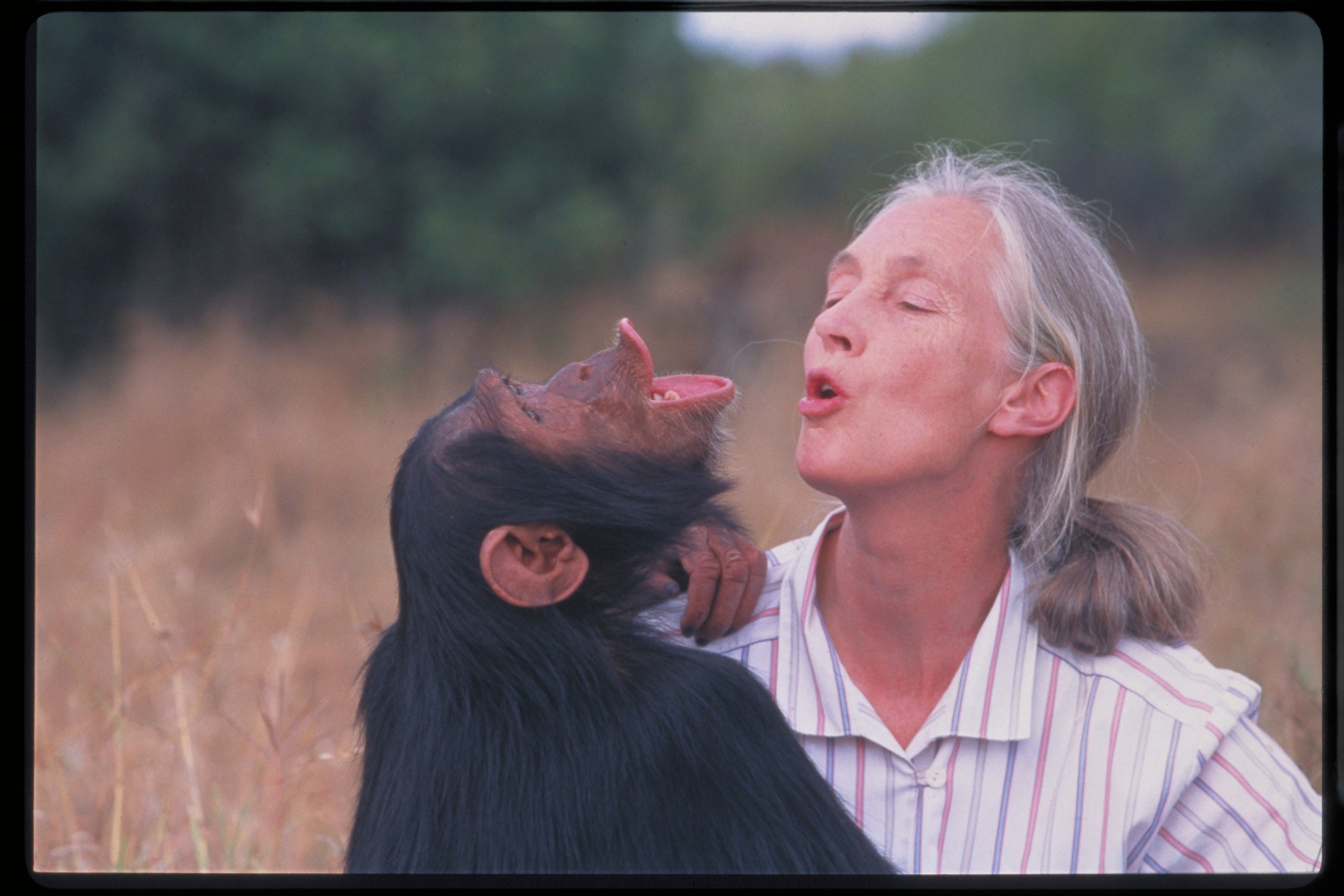
And lastly let's talk about Jane Goodall. She's a primatologist and best known for her work with chimpanzees in Tanzania. During her time with them she discovered the chimpanzees were able to make a muse tools which at the time only humans were thought to do. This was a huge breakthrough and she also discovered that chimpanzees ate meat, throw stones as weapons, embrace one another for comfort and formed familial bonds. In fact, the chimps even had a war. After years of research she speaks out for these animals, That cannot speak for themselves. And on top of all of this she is an advocate for conservation and founded the Jane Goodall Institute. A global nonprofit organization.
so clearly there are some incredible scientists that you should have learned about in school but obviously there are tons more. So let me know who you want to learn about next time.
If you enjoyed, Follow me @masonmiler for more content just like this, and as always, take care of yourselves, and take care of each other :)
